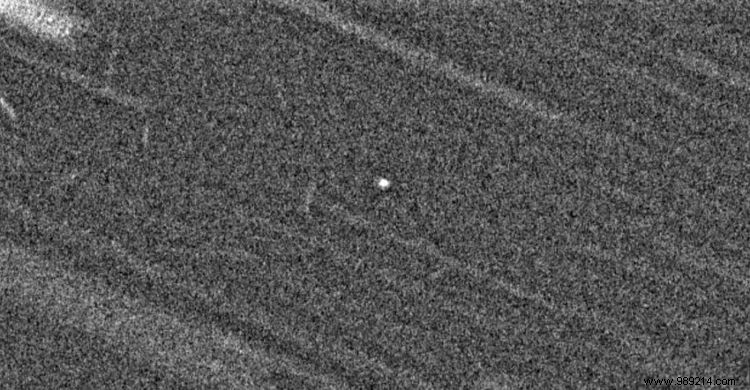How many moons does Jupiter have? Today, we know of 79. But according to three Canadian astronomers, there could be many more.
In our solar system, moons are discovered "every day". In October 2019, in particular, a team of researchers announced the exceptional discovery of twenty new moons around Saturn. A little earlier, another team had this time confirmed the presence of twelve new satellites around Jupiter, bringing the total number of Jovian moons to 79. Moreover, five of them have recently been baptized. But could there be more?
Possible. Three Canadian researchers from the University of British Columbia estimate that there could be several hundred irregular satellites around Jupiter, with a radius greater than 400 meters . Note that this study will soon be published in The Planetary Science Journal . In other words, it has not yet been peer reviewed.
That said, to reach this conclusion, the researchers explain that they searched the observation archives of the Canada-France-Hawaii telescope dating from 2010. They have, more precisely , related photos of Jupiter's environment in 126 different ways, Sky &Telescope explains, "for every combination of speed and direction that a potential Jovian moon might take across the sky" .
In this way, the researchers ensure unearthed 45 new small points of light moving from one photo to another. So many potential irregular satellites, therefore. On the other hand, the researchers explain that they only explored a small part of the sky (about one square degree). It was by extrapolating their results to the entire entourage of the giant that they were then able to estimate the number of these potential moons at nearly 600.
As a reminder, we are talking here about small moons located in distant, eccentric, and sometimes retrograde orbits (whose movement is in the opposite direction to the rotation of the planet).
Furthermore, while regular moons form by accretion of matter inside a disk, similar to planets, "irregular" ones are objects that formed elsewhere, before being captured. These satellites therefore have little to do with the main moons of Jupiter discovered by Galileo, namely Io, Ganymede, Europa or Callisto.

Obviously, their existence remains to be confirmed. To do this, the researchers intend to rely on the future Vera-C.-Rubin observatory. This telescope, which should be commissioned in one or two years, will have the mission of probing the small bodies present in our Solar System, among other objectives.